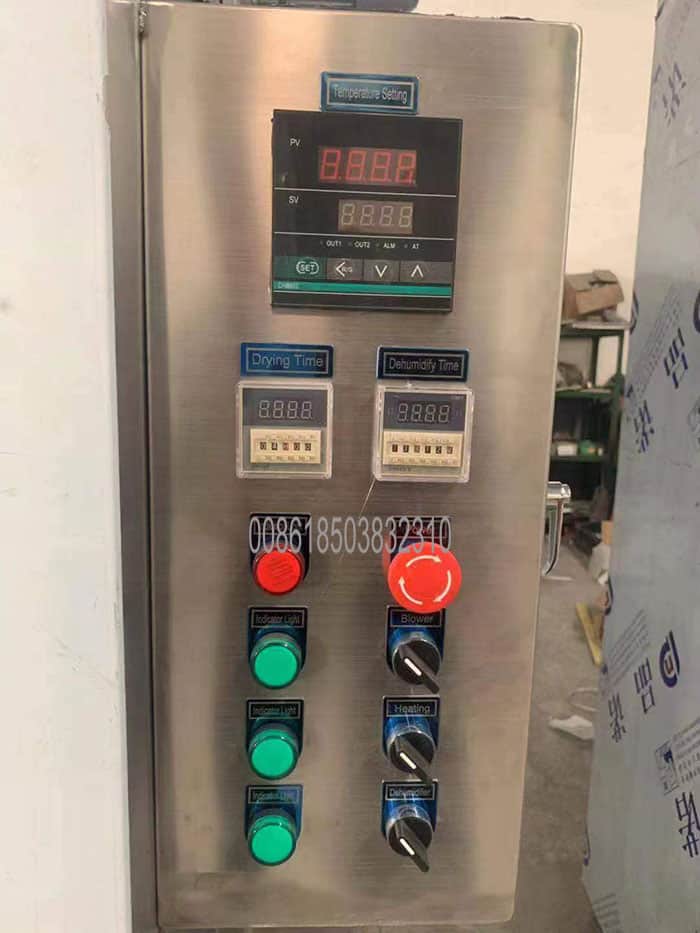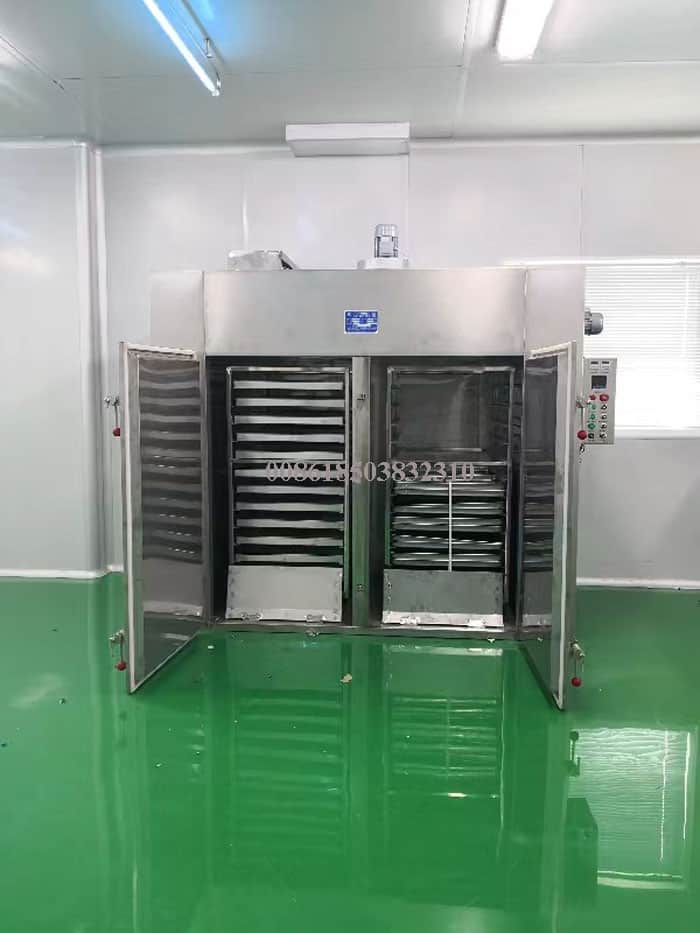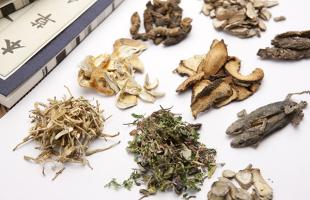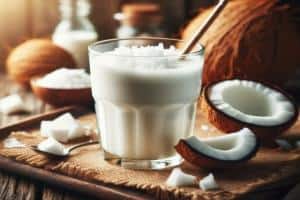Table of Contents
How to dehydrate food?
Nowadays, with the increasing emphasis on healthy eating, more and more people are paying attention to the selection of food and processing methods. Among them, dehydrating food has become a popular processing method, which can not only extend the shelf life of foods but also retain most of the nutrients. So, what are best foods to dehydrate? how to dehydrate food? Let’s take a look together!
what are best foods to dehydrate?
1. Fruits: such as apples, pears, grapes, persimmons, bananas, etc. can be dried to extend their shelf life and be made into dried fruits for easy preservation and consumption.
2. Vegetables: such as green leafy vegetables, carrots, chili peppers, onions, garlic, etc. can also be dried and processed for easy storage and use.
3. Nuts: such as walnuts, almonds, cashews, etc. can improve taste and extend shelf life after dehydrating.
4. Seafood: such as fish fillets, shrimp, kelp, sea cucumber, scallop etc., can be dried to reduce moisture content and extend storage time.
5. Meat products: sausage, chicken, duck, beef jerky dehydrating for snacks.
6. Spice and herbs: such as ginseng, astragalus, atractylodes macrocephala, and some Chinese herbal materials can improve storage stability and efficacy after drying.
7. Tea: Drying tea leaves can remove moisture, increase aroma, and improve quality.

how to dehydrate food – best food to dehydrate
How to dehydrate food?
- Food cleaning and peeling: Before dehydrating food, the selected foods must be cleaned and treated first. Remove surface dirt and inedible parts such as leaves, stems, peel, shell etc. Usually, bubble washing machine is used to clean food.
- Food cutting slicing: For large pieces of food, cutting or slicing is also essential to better accelerate the evaporation of water.
- Loading food: Place the processed food evenly on the trays. Be careful not to pile up excessively to avoid affecting the food dehydration. Only by maintaining proper space can hot air flow evenly through each food, achieving faster and more uniform dehydrating.
- Dehydrating process: Setting appropriate temperature and humidity is the most critical step for dehydrating food. According to different types of fruits and vegetables and drying requirements, the general drying temperature range is 50-70 degrees Celsius and the humidity range is 5-30%. After starting the dehydrators, the hot air evaporates the moisture from the food through the ventilation system inside the dehydrators. The entire dehydrating process needs to be determined based on the type, size, and humidity of the food, usually taking 4-10 hours.
- Detection: During the dehydration process, it is necessary to regularly check the dehydrated food. You can touch or use specialized testing tools to determine whether food have reached the required level of dryness. Ensure that the foods are completely dry before proceeding with the next steps of cooling and packaging.
What’s the best food dehydrator?
Our hot air drying oven is the best food dehydrator to dehydrate food. It usually consists of a heater, a circulating fan, a control system, and a box. By circulating heating, the hot air is evenly transmitted to various areas within the box, enabling food to be evenly heated and dried.
Notice points for how to dehydrate food
- Temperature control: Reasonably set the temperature of the food dehydrators according to different types of food. Overheating may cause excessive baking on the dehydrated food surface, affecting their quality; If the temperature is too low, it will prolong the drying time, thus effect the taste.
- Humidity control: Appropriate humidity can help promote water evaporation, but excessive humidity may cause food spoilage or mold. Therefore, the food dehydrators should be equipped with a humidity control system to ensure that the humidity of the drying environment is within an appropriate range.
- Ventilation: The food dehydrator must have a good ventilation system to ensure that hot air can flow evenly. If ventilation is poor, it may cause uneven dehydrating food or problems such as mold formation.

how to dehydrate food-controlling system
- Hygiene and safety: When dehydrating food, it is necessary to maintain hygiene and cleanliness in the operating area, and follow relevant food safety regulations. Use clean containers and tools to avoid cross contamination.
How long does dehydrated food last?
For dehydrated jerky, or dried fruits vegetables etc. can be stored for about six months to a year. But the longer it is left, the worse its taste becomes. Therefore, even after dehydrating, you should eat it within one or two months, which is when its nutritional value is relatively rich. Proper package will help to extend the shelf life.
How to storage dehydrated food?

how to dehydrate food-dehydrated food package
- Cooling dehydrated food: when the food dehydration is complete, cooling the dehydrated foods for around 15-30 minutes. Then packaging.
- Dehydrated food package: Sturdy plastic bags with zippers or heat sealed bags, metal cans and glass bottles with lids are great choices. Our dehydrated food packaging machine / granule filling machine can fill and pack dehydrated food into bags / bottles.
- Labelling: label the dehydrated food name, dehydration date, and quantity/weight on the packages helps to take turns selecting food and reduce waste.
- Storage location. Low temperature, opacity, and dryness are the key to maintaining the quality of dehydrated food.








